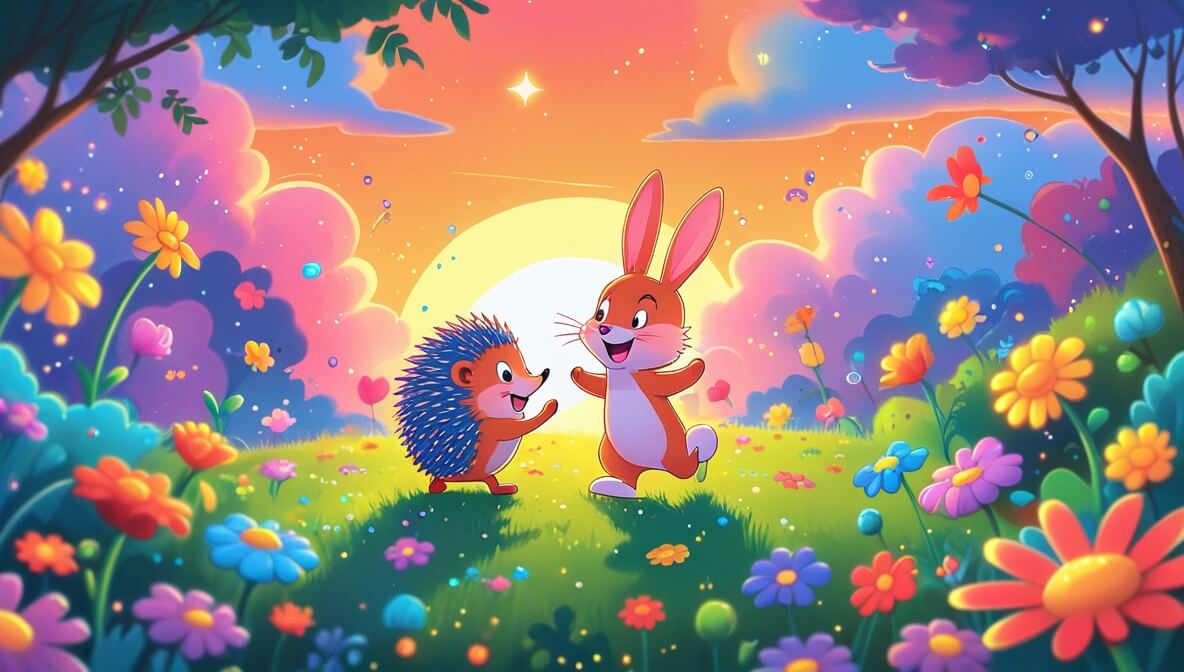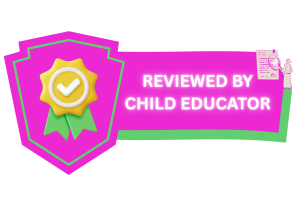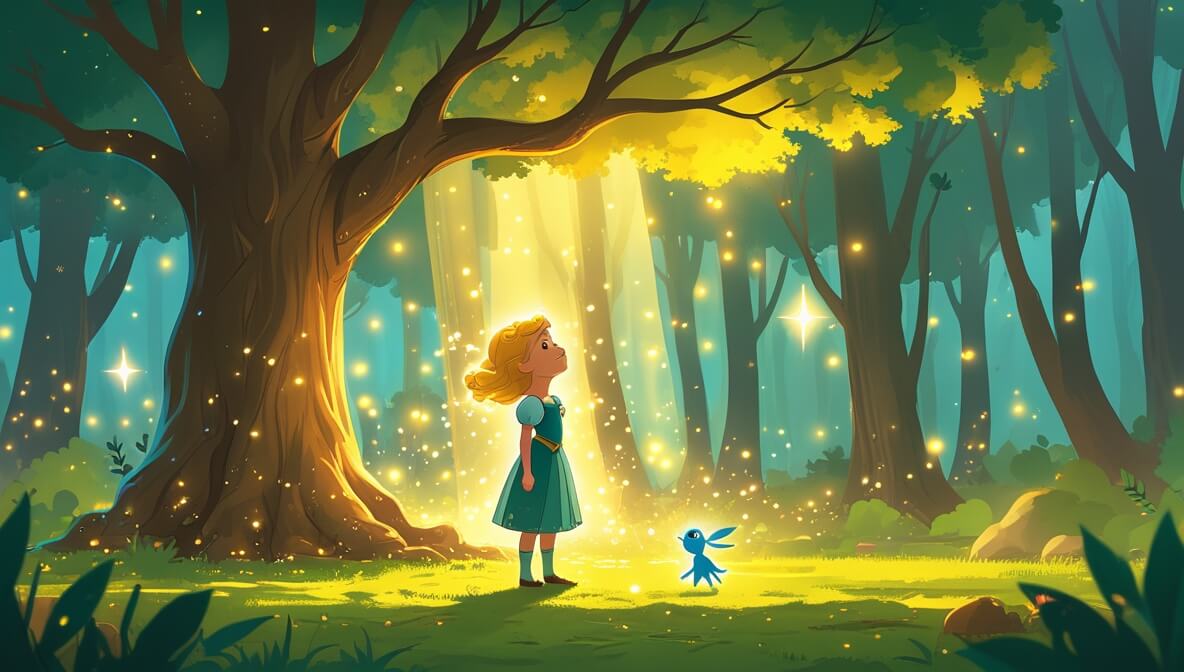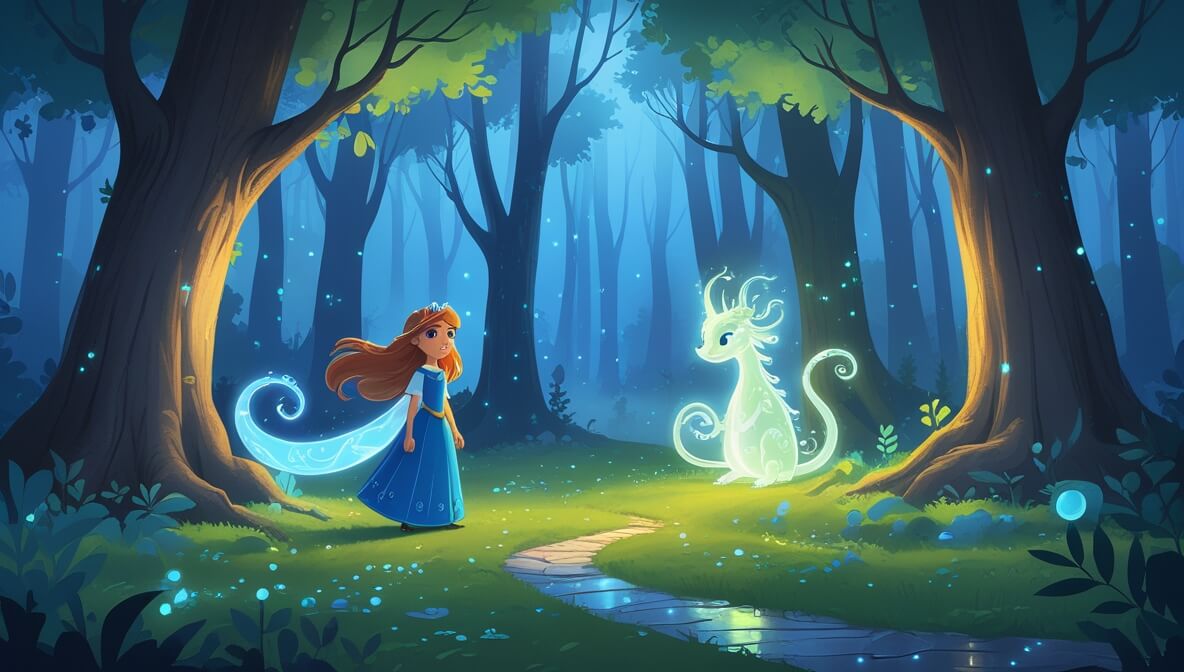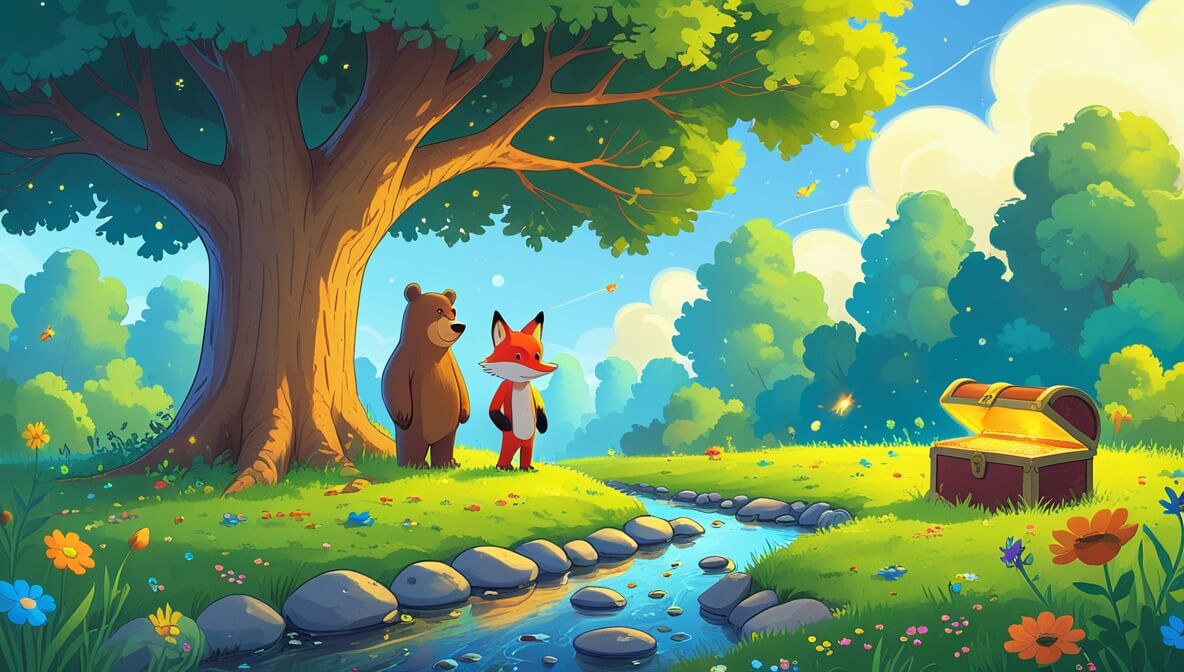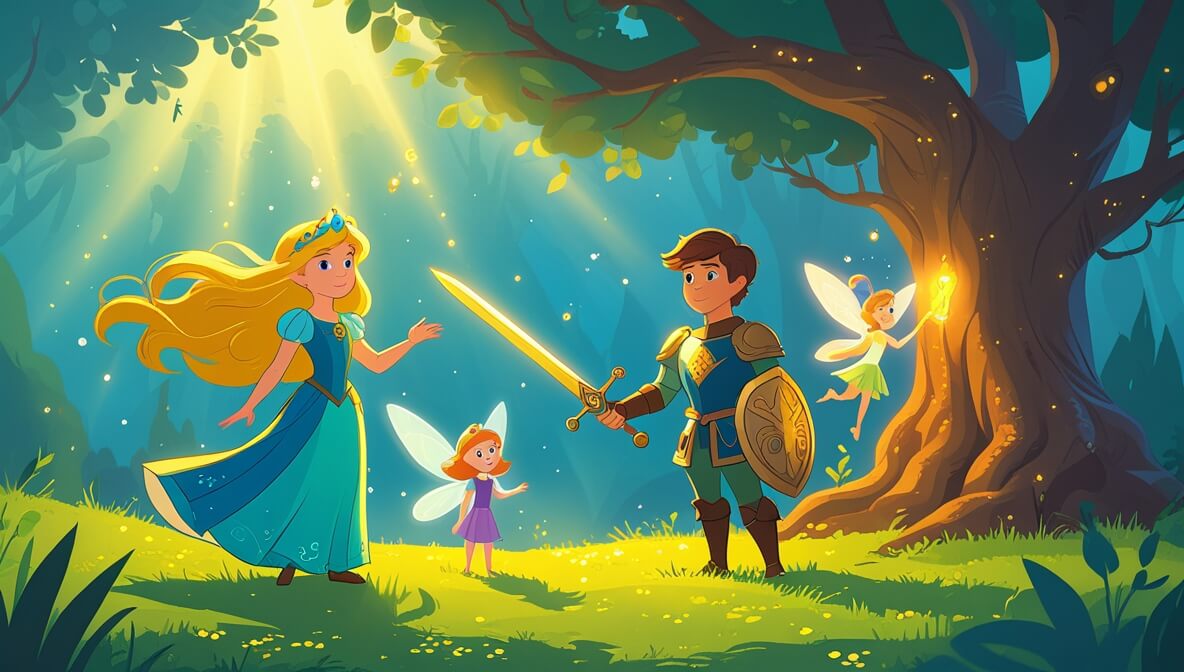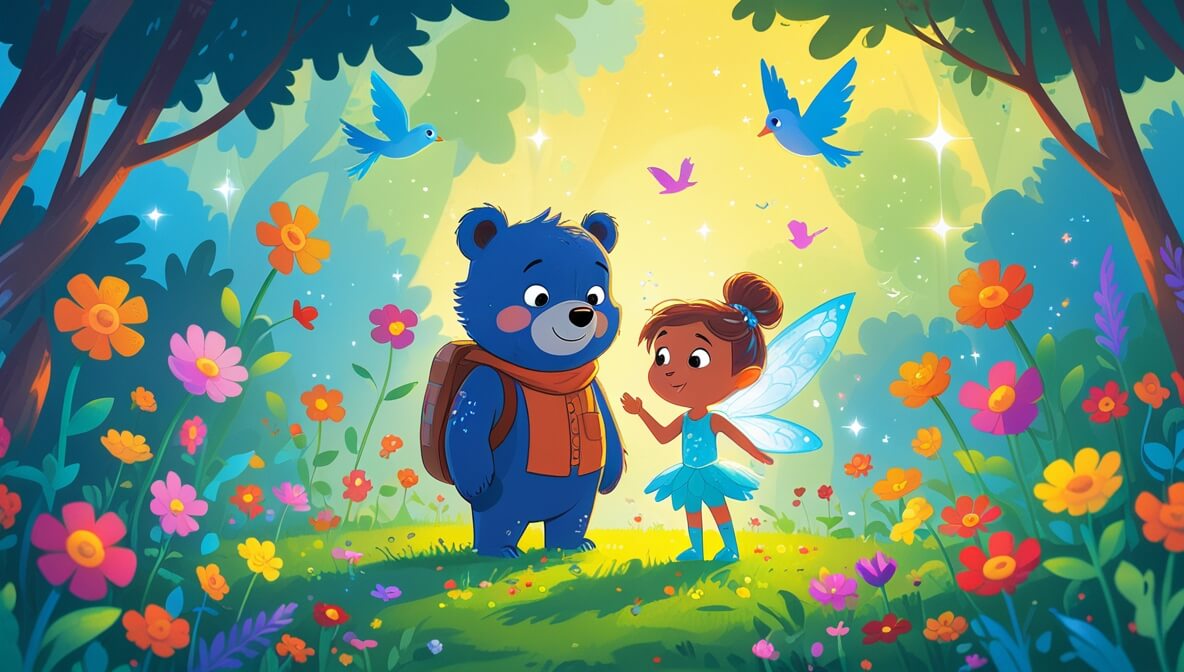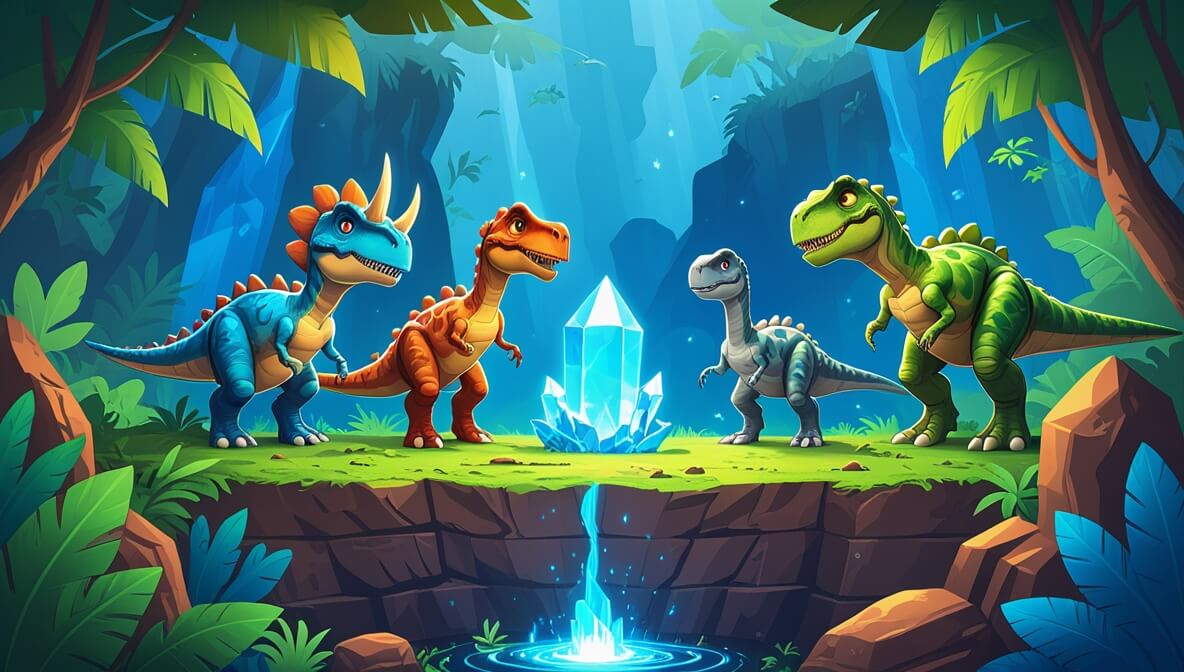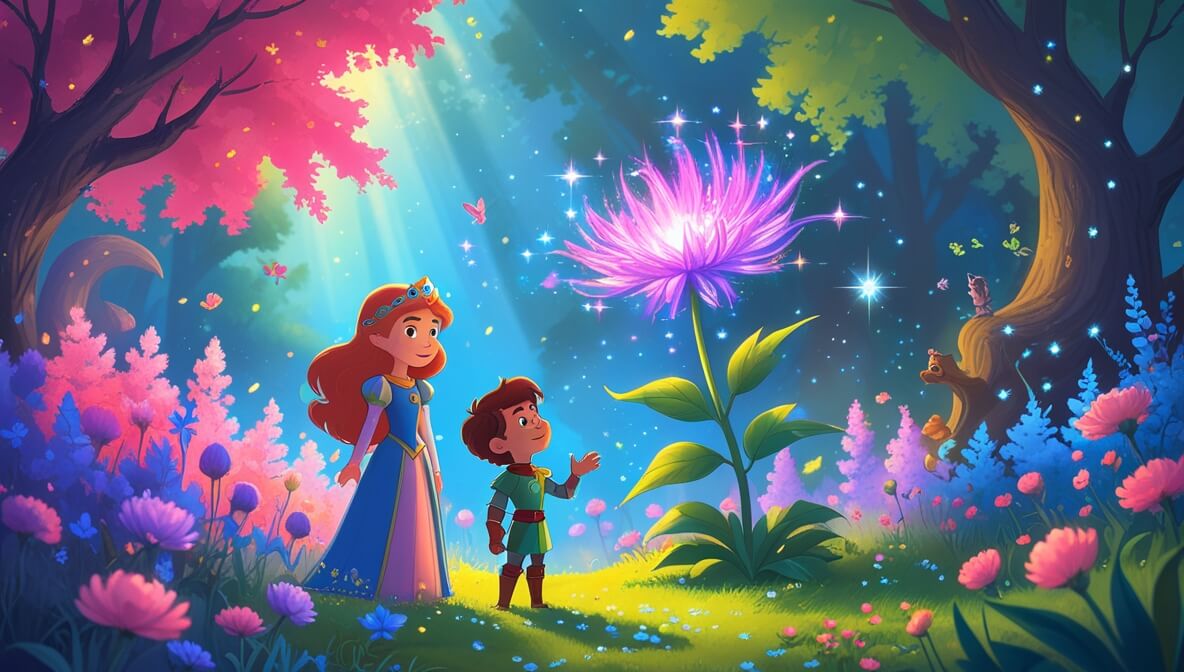Join the magical journey of a tiny hedgehog and a giggling bunny as they discover the wonders of a rainbow garden. Together, they learn the true meaning of friendship and laughter.
Age Recommendation
0 – 4 years
Characters
Characters:
- Hugo the Hedgehog (a curious and adventurous hedgehog with a soft, prickly back)
- Bella the Bunny (a cheerful bunny with fluffy ears who loves to giggle)
Story
Once upon a time, in a cozy forest, there lived a tiny hedgehog named Hugo. Hugo loved to explore the world around him. One sunny day, he met Bella, a bunny who giggled at everything. They decided to explore the forest together.
The Discovery of the Rainbow Garden
As they wandered, they stumbled upon a magical place. It was a garden filled with flowers of every color. The petals sparkled, and the air smelled sweet. Hugging his new friend, Hugo whispered, “Wow, Bella, it’s so beautiful!” Bella giggled and said, “Let’s play hide and seek!”
The Colorful Adventure
They skipped around, dancing through the flowers. Hugo hid behind the red tulips while Bella searched near the yellow daisies. Each time Bella found Hugo, they both erupted in laughter. Their giggles echoed through the garden, making the flowers sway joyfully.
The Promise of Friendship
As the sun began to set, the garden glowed with even more colors. Hugo and Bella sat on a soft patch of grass, watching the sky turn orange and pink. Hugo said, “I’m glad I found you, Bella. You’re my best friend.” Bella hugged Hugo tight, whispering, “Friends forever!”
The end.
Moral of the Story
Friendship is a magical adventure, filled with laughter and shared discoveries that make memories last forever.
Questions to Think About
- What did Hugo and Bella find in the forest?
- How did Hugo and Bella feel when they played in the rainbow garden?
- Why is it fun to have a friend to explore with?
- What colors did Hugo and Bella see in the garden?
- What do you like most about playing with a friend?
Do You Know
- Hedgehogs are known for their spiky backs, which they use to stay safe!
- Bunnies can hop very fast, and they love to eat fresh vegetables like carrots.
Word Explorer
- Giggle: A small, happy laugh.
- Adventure: A fun journey to explore or discover new things.
- Colorful: Full of bright and many different colors.
Emotions in the Story
- Curiosity: When Hugo wanted to explore the forest and find new things.
- Joy: When Bella and Hugo played in the garden and laughed together.
- Friendship: When Hugo and Bella promised to be best friends forever.
Color Your Scene
Close your eyes and imagine the rainbow garden, with flowers of red, yellow, blue, and purple. Picture Hugo hiding behind the red tulips and Bella searching near the yellow daisies. Can you draw this colorful scene?
Parents’ Corner
This story serves as a gentle reminder of the joys of friendship and play. Encourage your child to express their feelings and enjoy shared activities with friends. Discuss how adventures are more fun when experienced together, and how laughter can brighten even the simplest moments.

